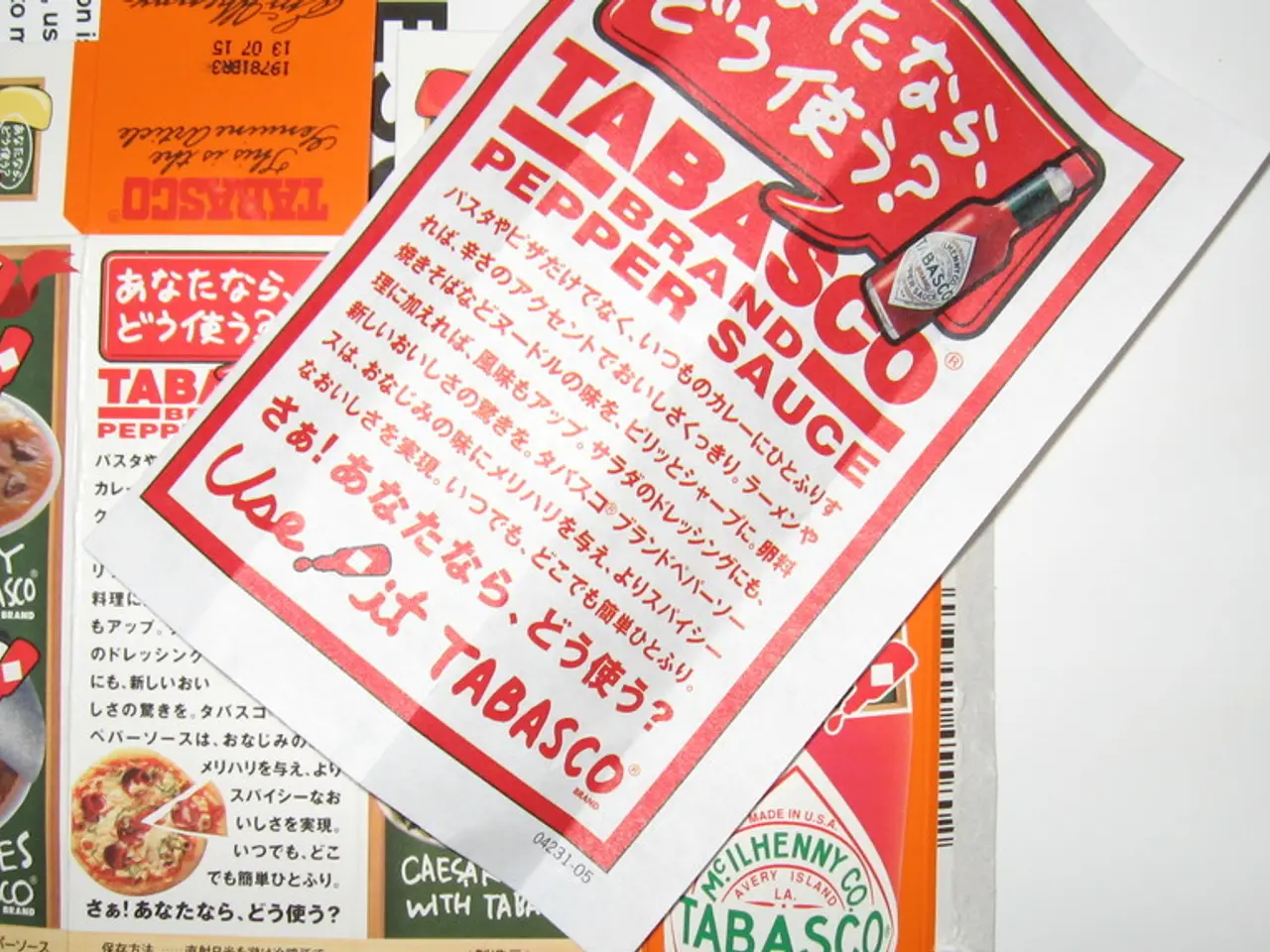Hurricane season brings the rise of flooded vehicle scams; look for signs of rust, mud, and damp odors when purchasing a car.
When shopping for a used car, it's essential to be vigilant against flood-damaged vehicles that may pose hidden mechanical and safety risks. Here's a guide on how to identify such cars and prevent costly mistakes.
Firstly, a thorough physical inspection is crucial. Look out for tell-tale signs such as musty or moldy odors, water stains or discoloration on carpets and upholstery, moisture or dampness felt in carpets or under seat rails, and the presence of mud, silt, or debris in hidden compartments like glove boxes, under seats, or inside lights.
Other physical signs include rust or corrosion around door edges, pedals, under the dashboard, hood, trunk latches, and exposed metal parts. Brittle or damaged wiring, especially under the dashboard, is another red flag. Condensation or fogging inside headlights, taillights, or instrument panels, and pull-out seatbelt marks or stains, are also indicators of flood damage.
Inspecting the engine bay for corrosion or residue not typical for the vehicle’s age is equally important.
In addition to physical inspections, vehicle operation checks are necessary. Start the ignition and verify all instrument panel lights come on properly. Test all electronics including lights, air conditioning, windshield wipers, radio, and heater—flood damage often causes electrical problems.
To prevent fraud and confirm a vehicle's history, consider using the National Insurance Crime Bureau’s (NICB) VINCheck service to verify if the vehicle has a history of being salvaged, stolen, or declared a total loss from flood damage (up to 5 VIN checks per day free). Request and carefully review a vehicle history report from services like CARFAX or the National Motor Vehicle Title Information System to check for flood damage or salvage titles.
Lastly, have the car inspected by a trusted, certified mechanic who can detect subtle or hidden flood damage that may not be obvious.
These precautions are particularly important following major flooding events and in regions prone to flooding. Flood-damaged vehicles are often cosmetically repaired but can retain serious mechanical and safety issues such as damage to the engine, transmission, wiring, or airbags. Using a checklist and combining sensory inspection with verified vehicle history is essential to avoid costly mistakes.
In summary, combining detailed vehicle inspection, professional mechanical checks, and VIN-based flood history reports is the best strategy to identify flood-damaged cars and avoid purchasing them on used car lots. Consumers must remain vigilant, especially in the current tight and high-priced used car market.
Sources:
[1] National Geographic
[2] Consumer Reports
[3] CARFAX
[4] USA Today
- Remember, environmental science suggests that climate-change will lead to more frequent flooding events, making flood-damaged vehicles a potential risk in the used car industry.
- To mitigate financial losses due to unseen issues in these cars, personal-finance experts recommend considering items like car-maintenance costs in addition to the car's purchase price.
- In the realm of lifestyle and automotive, it's crucial for consumers to understand that shopping for a used car involves more than just appearance and pricing; safety and long-term reliability are equally important aspects to consider.
- Aside from science and environmental issues, the transportation sector, including the used car industry, should adopt stricter regulations to ensure consumers are protected from purchasing flood-damaged vehicles, safeguarding public safety.
- According to research in the field of financial analysis, buying a used car without checking for flood damage can lead to significant financial burdens in personal-finance.
- It's not just science and environmental issues at stake here; ensuring the safety of used cars is also a matter of social responsibility for both the industry and consumers, with impacts on everyone's personal-finance and daily lifestyle.




